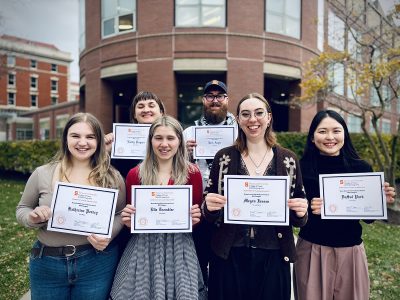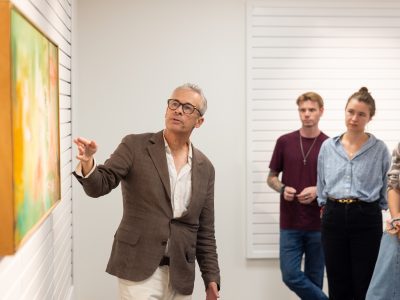Central New York Humanities Corridor: Advancing Relevant and Impactful Research That ‘Doesn’t Fit in a Box’
Courtney Mauldin infuses her scholarly research with a clear purpose: to give Black girls innovative opportunities to dream big and envision futures filled with possibilities. Her involvement with the Central New York Humanities Corridor is critical to success: “We see the humanities as something that allows for dreaming, and we are creating space for girls to dream through art and literature,” says Mauldin, assistant professor of educational leadership in the teaching and leadership department in the School of Education. She co-leads the Collectively Envisioning Black Girl Futures Working Group, one of dozens of working groups in the corridor.
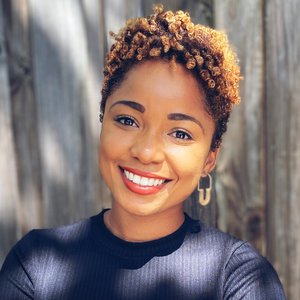
This fall, the corridor marks 15 years in existence and its fifth year into the endowment that provides humanities research support in perpetuity, thanks to an award from the Andrew W. Mellon Foundation. Though the administrative home of the corridor is at the Syracuse University Humanities Center, the corridor is a consortium of 11 institutions connecting faculty, academic staff, students and members of the wider community across disciplinary, geographic and institutional boundaries.
“The corridor has truly become a regional consortium with global reach,” says Vivian M. May, director of the Humanities Center and the corridor, and professor of women’s and gender studies. “Thanks to our support this past year, working groups engaged with over 3,800 individuals and collaborated with over 260 institutions and organizations across at least 37 states and 23 countries around the world.”
With funding from the corridor, Mauldin has been able to bring together educators and others who aspire to mentor Black girls to explore ways to give them more voice. As part of their research (the working group is now in its third funding cycle), Mauldin and her co-lead Misha Inniss-Thompson, assistant professor in the department of psychology at Cornell University, discovered that the adult educators first needed to explore their own beliefs, backgrounds and judgments and “discover the Black girl in all of us and unlearn some of what we had learned as girls” to more effectively mentor and inspire the next generation.
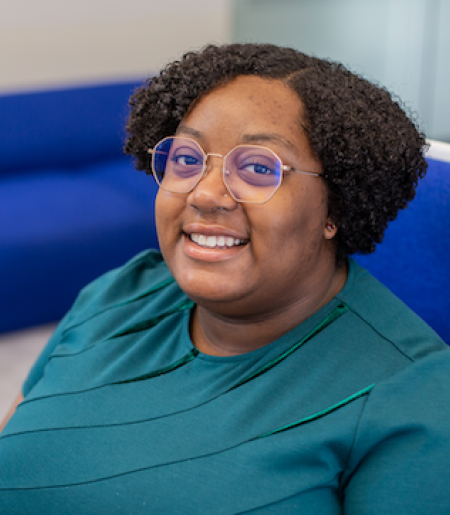
“In a world where we are constantly bombarded with messages of who we ought to be (or not), in the working group we’ve cultivated a space that truly begins to embody what it means to express our thoughts freely, make space for our healing and co-construct spaces where current generations of Black girls can have a space to be in intentional community with one another,” says Inniss-Thompson.
Now, each event sponsored by Mauldin’s working group has an intergenerational element. “The corridor has given us an opportunity to do the kind of applied research that doesn’t fit into a box,” says Mauldin. “We go in with one idea and discover something new, always thinking about impact.” At an upcoming exhibition at the Herbert F. Johnson Museum of Art in Ithaca, New York, the art of Nydia Blas will be used as a springboard for participants to consider the role of family, history and home in shaping understanding of Black girlhoods.
“The corridor brings to life our commitment as stated in the Academic Strategic Plan to support and encourage research focused on the community good and fosters empathy and civic engagement through the arts and humanities,” says Associate Provost for Strategic Initiatives Marcelle Haddix. “Together with our academic colleagues across Central New York, we grapple with critical questions and address issues that have the potential to transform society in positive ways.”
The collaboration of researchers across disciplines and backgrounds is key to the corridor’s success in sparking new ways of thinking and ensuring that the humanities remain relevant as an area of study. “Many of us who were trained in the humanities didn’t really have to make a case for ourselves. It was a given that the humanities were important. It never occurred to me to wonder what I was going to do with the work,” says Lois Agnew, associate provost for academic programs and professor of writing and rhetoric. “The world has changed and students are pressing for answers on how to make the humanities more relevant and how they can make a difference in the world.”
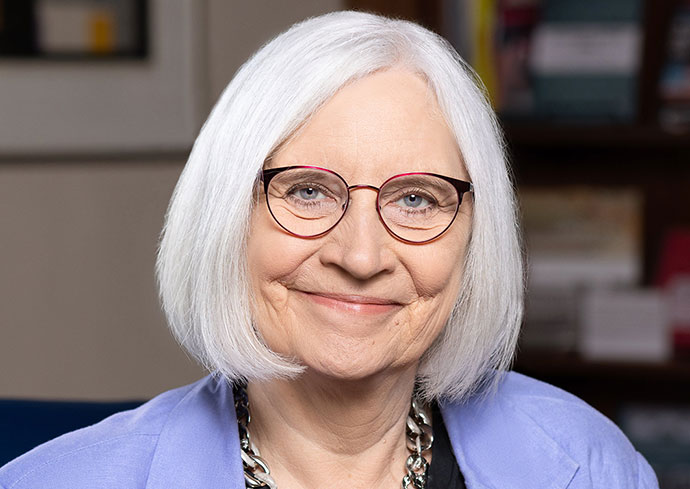
Agnew, along with Stacey Langwick, associate professor of anthropology at Cornell, and Andrew London, professor of sociology at Syracuse, co-leads a working group on Health Humanities: Medicine, Disease, Disability and Culture. “Health humanities is a broad discipline that provides a vehicle for acknowledging the complex factors that shape people’s experiences with health,” says Agnew. “For example, we know that illness is something everyone experiences. But we don’t always think about the structural inequalities that affect people’s access to medical treatments and the quality of care they receive. We are looking at the complex ways in which there are barriers that might not be obvious, as well as the sociocultural influences that shape people’s assumptions about health, medicine, disease and disability.”
An upcoming lecture sponsored by Agnew’s working group is designed to move attendees beyond those assumptions by challenging them to consider how they define “healthy food” in the context of food deserts. Keynoter Hanna Garth, assistant professor of anthropology at Princeton University “illuminates how the concept of ‘healthy food’ is loaded with assumptions about the ways different racialized populations eat, and operates a racial signifier indexing whiteness and in opposition to Black and Latine ways of eating.”
“All of us in academia will likely take some of the questions she introduces back to our students and that should help them understand the world a little better, specifically how structural inequality in the world is interfering with people’s ability to live and flourish,” says Agnew.
Other corridor activities have included an early modern philosophy conference; a skills-building archival research workshop; writing workshops for military veterans; a colloquium on ethics and data science; a public lecture and youth workshop on grassroots organizing; Indigenous performance and art; a micro-theater festival; career workshops for doctoral students; the formation of a new public policy humanities network; several book circles and writing workshops to provide mentoring and advance research outcomes across all career stages.
“To my knowledge, there is no other program of its kind nationally, which is fiscally supported by a combined endowment physically located at three universities,” says Gregg Lambert, founding director of the corridor. He credits Chancellor Kent Syverud for providing the commitment and support that resulted in $3.65 million matching endowment grant from the Mellon Foundation, enabling the corridor to establish centers at Syracuse, Cornell and the University of Rochester, and include other institutions in the collaborative to form a whole that is truly more powerful than its parts (including Colgate University, Hamilton College, Hobart and William Smith Colleges, Skidmore College, St. Lawrence University, Union College, Le Moyne College and the Rochester Institute of Technology).
“What is truly unique is a funding model that fosters interdisciplinary research that is organic and evolutionary,” says Lambert. “Through this faculty-driven collaborative model, the working groups have flexibility in developing and adapting their research in response to discoveries and innovations that broaden the creative process and impact.”
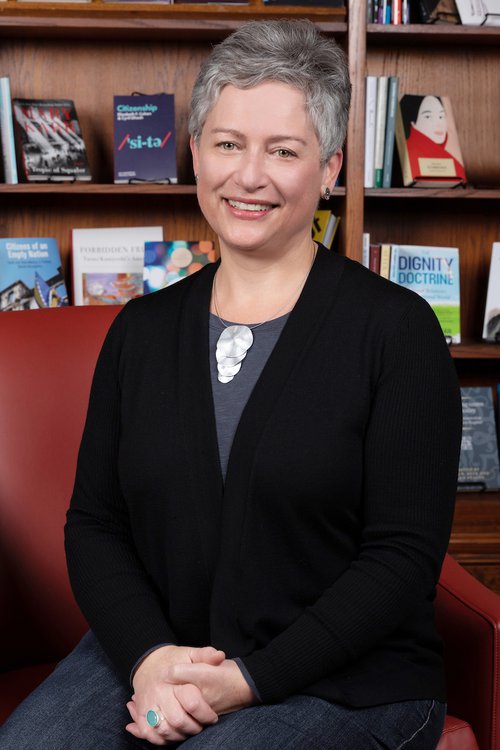
“In addition to advancing our mission to provide research support, build bridges and cultivate scholarly community for faculty, students and academic staff across our region, working group collaborations lead to diverse outcomes,” says May. “The ripple effects of our funding include publications, cross-institutional learning communities and teaching collaborations, external grants and fellowships, archive-building, newly commissioned musical scores, and more.”
“Central New York is fortunate to have such a thriving and engaged humanities community, and the consortium’s co-directors and I are proud to support the wide-ranging needs and interests of the region’s scholars, artists, performers and activists,” says May. “Such heterogeneity, evocative of a vibrant quilt of different fabrics, textures and colors, is key to our vitality as a research consortium that advances cutting-edge research and brings the humanities to bear on a range of local and global concerns.”
